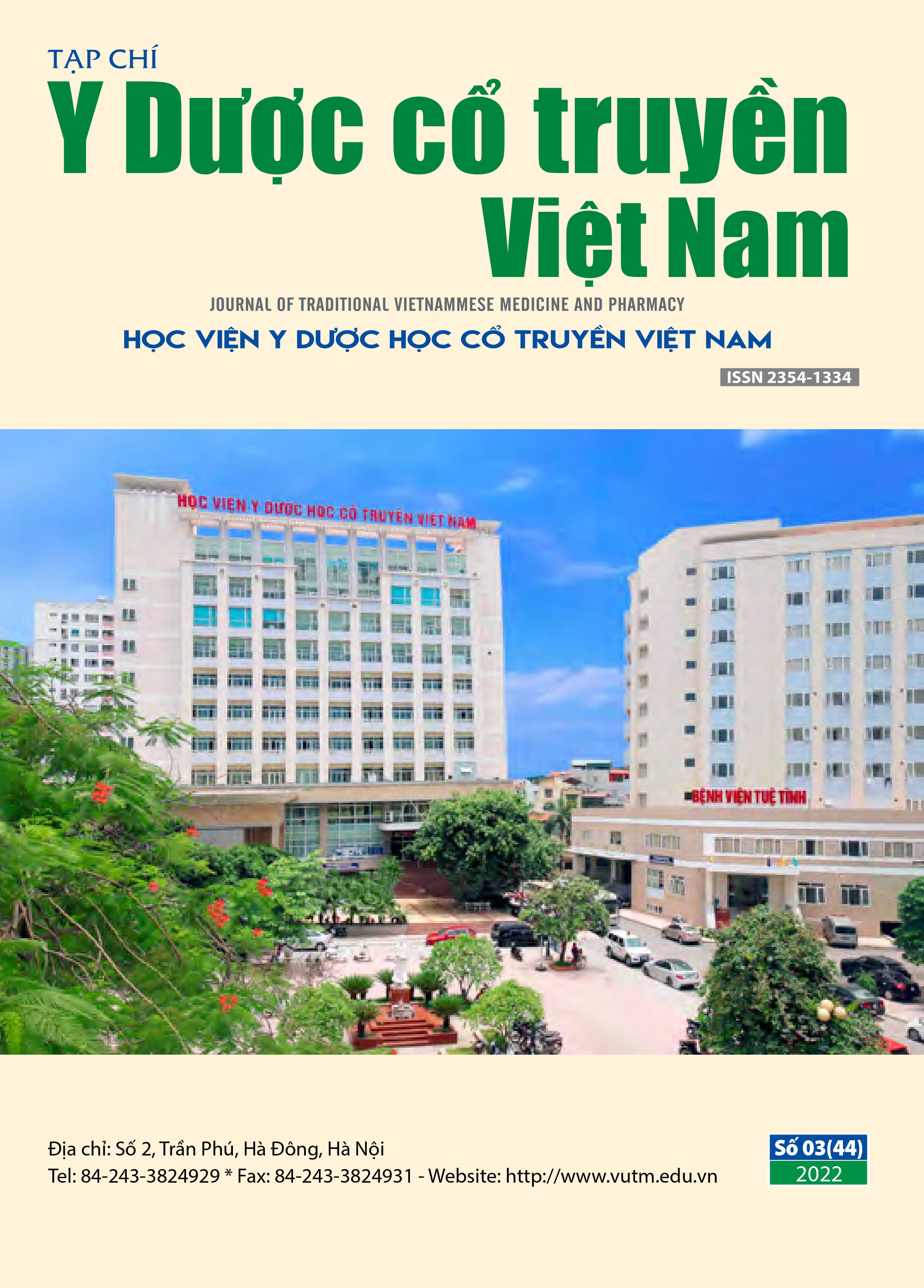Results of care, rehabilitation in patients Has cervical scapulohumeral syndrome and some factors Related at Tue Tinh hospital in 2020 - 2021
Main Article Content
Abstract
Objectives: To describe the clinical characteristics of patients with cervical scapulohumeral syndrome. Analysis of care outcomes of patients with cervical scapulohumeral syndrome and some related factors at Tue Tinh Hospital in 2020 - 2021.
Methods: Patients aged > 60 accounted for a high rate of 63.5%, the lowest was in the age group of 30-39 years old (6%). There are 18.5% of patients hospitalized with mild pain; moderate pain rate is 81.5%; None of the patients had severe or very severe pain. The range of motion of bending and supine at D is > 75% of patients with moderate limitation; D30 > 80% of patients is no longer limited. Short disease duration of less than 6 months increased care efficiency by 1.52 times compared with the group with longer disease duration (p < 0.05). Scoring according to the NDI scale, patients with limited cervical spine functional mobility at a mild level are likely to improve 1.32 times more than those with moderate and severe limitations (p < 0.05).
Conclusion: Most of the patients participating in the study were elderly, more female than male, with moderate pain and moderate limitation of range of motion. Several factors such as gender, age, and length of care are related to treatment effectiveness.
Article Details
References
2. Bộ Y tế (2016). Hướng dẫn chẩn đoán và điều trị các bệnh cơ xương khớp, Nhà xuất bản Y học, Hà Nội, 145-153.
3. Ngô Quý Châu (2016). Bệnh học Nội khoa, Nhà xuất bản Y học, Hà Nội.
4. Corey D.L., Comeau D. (2014). Cervical Radiculopathy, Med Clin North Am, 98(4), pg 791-799. 5. Eubanks J.D. (2010). Cervical Radiculopathy: Nonoperative Management of Neck Pain and Radicular Symptoms, Am Fam Physician, 81(1), pg 33-40.

